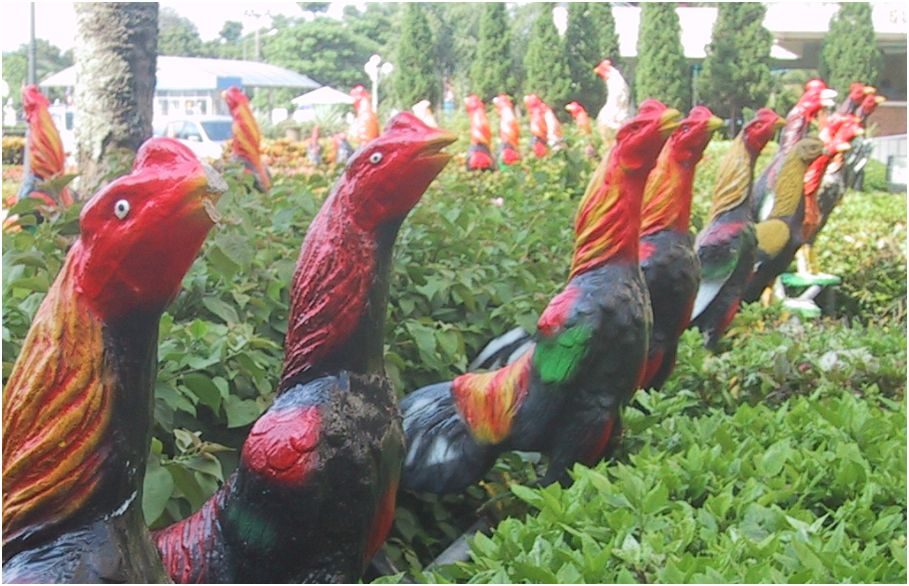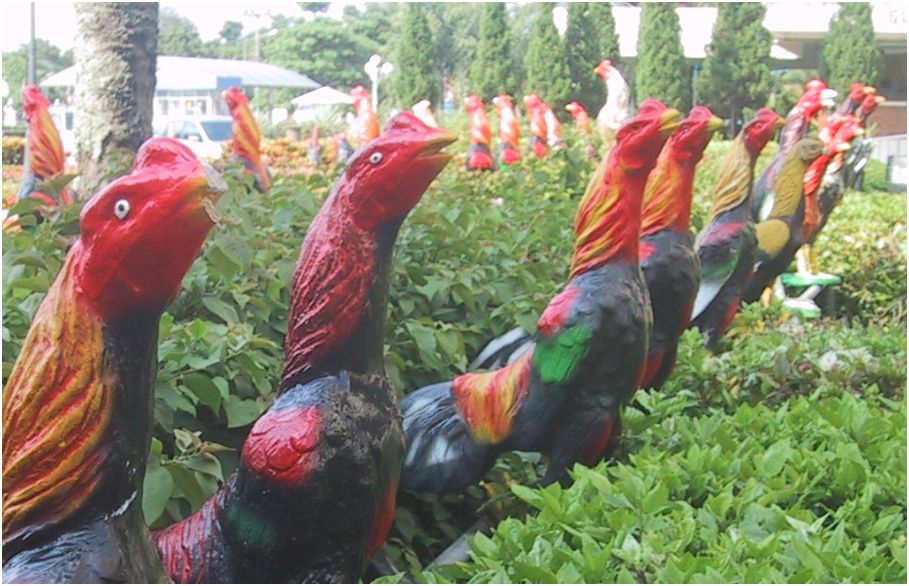A while ago, Nicholas Farrelly, Craig Reynolds and I published a paper in Asian Studies Review on Thai handbooks (р╕Др╕╣р╣Ир╕бр╕╖р╕н, р╕Хр╕│р╕гр╕▓) related to environmental knowledge. Here is the conclusion:
The unhelpfully rigid distinction between elite knowledge and local knowledge has often encouraged discussions that have focused on the influence of Western scientific knowledge and Western bureaucratic systems of knowledge classification. By contrast, accounts of local knowledge have often focused on orally transmitted forms of ecological wisdom and ritual practice. This persistent dichotomy has meant that there has been no concerted study of the interaction between domains of knowledge. Nor has there been enough concerted work on exploring the epistemological commonalities and shared assumptions that often underlie seemingly diverse knowledge systems. And, in more practical terms, there has been very little study of the extent to which rural residents use written sources as guides for action in relation to their social and natural environments. This is especially surprising given longstanding recognition of the sacredness and authority of the written word in Theravada Buddhist traditions.
The knowledge that we are most concerned with here has a predictive, prospective quality. It is oriented towards the future and efforts to shape what will happen. Almost all of this knowledge is of an explicitly practical kind. Whether the goal is to raise healthy chickens, guard against romantic calamity or organise an appropriately auspicious ritual, the knowledge that is codified in handbooks seeks to offer guidance on future outcomes. Individualism, fatalism and personal agency are all part of the same aspirational matrix of handbook knowledge. In almost all handbooks there is a stated intent to improve the quality of life for an individual or for their group. It is, for instance, important that appropriate regard is paid to particular characteristics. It is also crucial for Thai astrological divination that individual needs are cosmologically sited (with appropriate reverence for times, days, months, years, etc.) before any prophecy or analysis is possible. The same accounting for individual characteristics is apparent in the guides to crop cultivation, body markings and animal care.
Our analysis of environmental handbooks shows that simplified mastery is a common goal of the handbook genre in both its ‘‘how to’’ and ‘‘reading signs’’ forms. This knowledge is captured by the early twentieth-century agricultural handbooks, and it is this type of knowledge – of a practical, predictive kind and suited to particular circumstances – that ultimately bridges and blurs the dichotomy between scientific and local knowledge. Thailand has changed so dramatically over the past century that the process of learning has been ongoing, and evolving. Handbooks have helped everyone to keep up with the pace of change and find their own place in contested models of Thai modernity. In this regard, handbooks and textbooks condense diverse forms of knowledge about the environment: about the auspicious timing of agricultural activities; about the appropriate conduct of rituals relating to natural resources; about the care of plants and animals; and about the causes of environmental misfortune as well as bounty. By tapping into these various forms of knowledge, and their diverse sources, we can develop an understanding of environmental knowledge that is not constrained by unproductive dichotomies. Under Thailand’s changing political and economic conditions, handbooks have proven to be a valuable blend of common sense, superstition and rationalist understanding.
 Facebook
Facebook  Twitter
Twitter  Soundcloud
Soundcloud  Youtube
Youtube  Rss
Rss 
